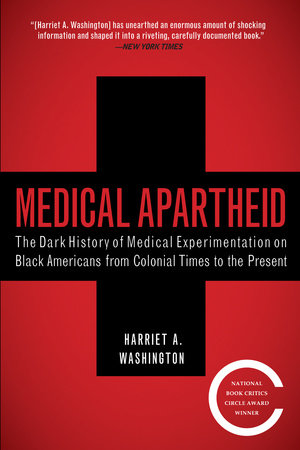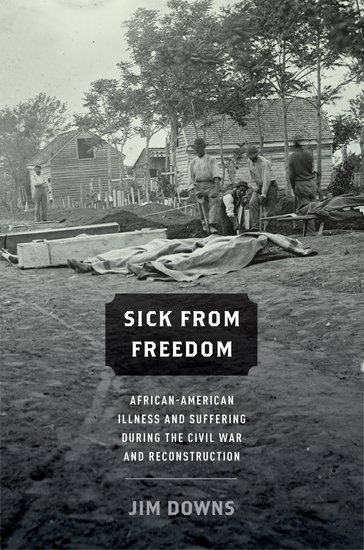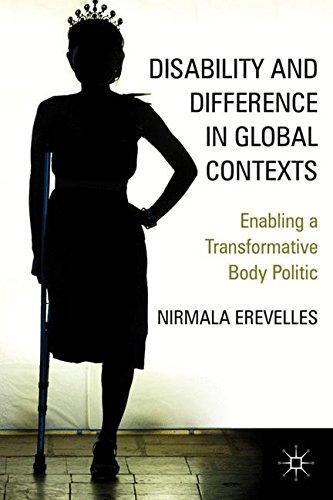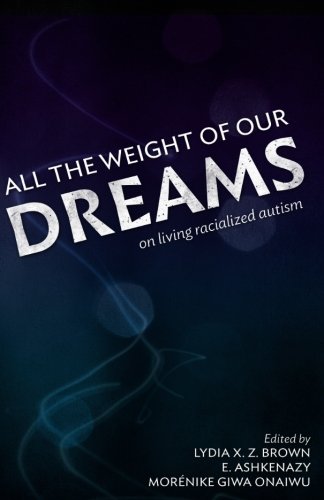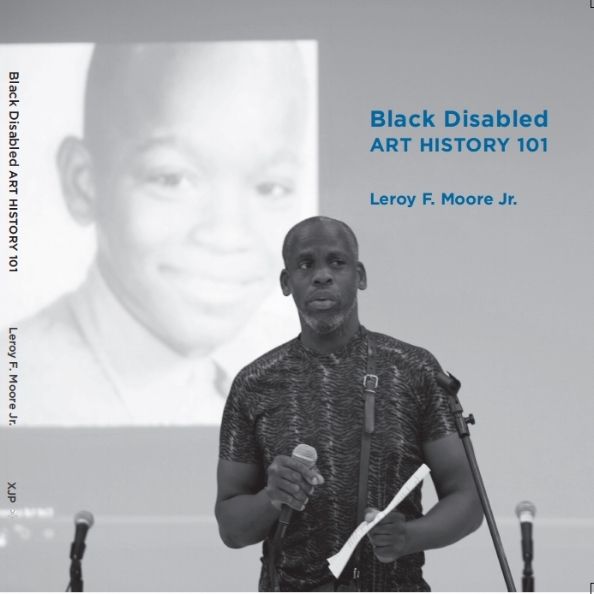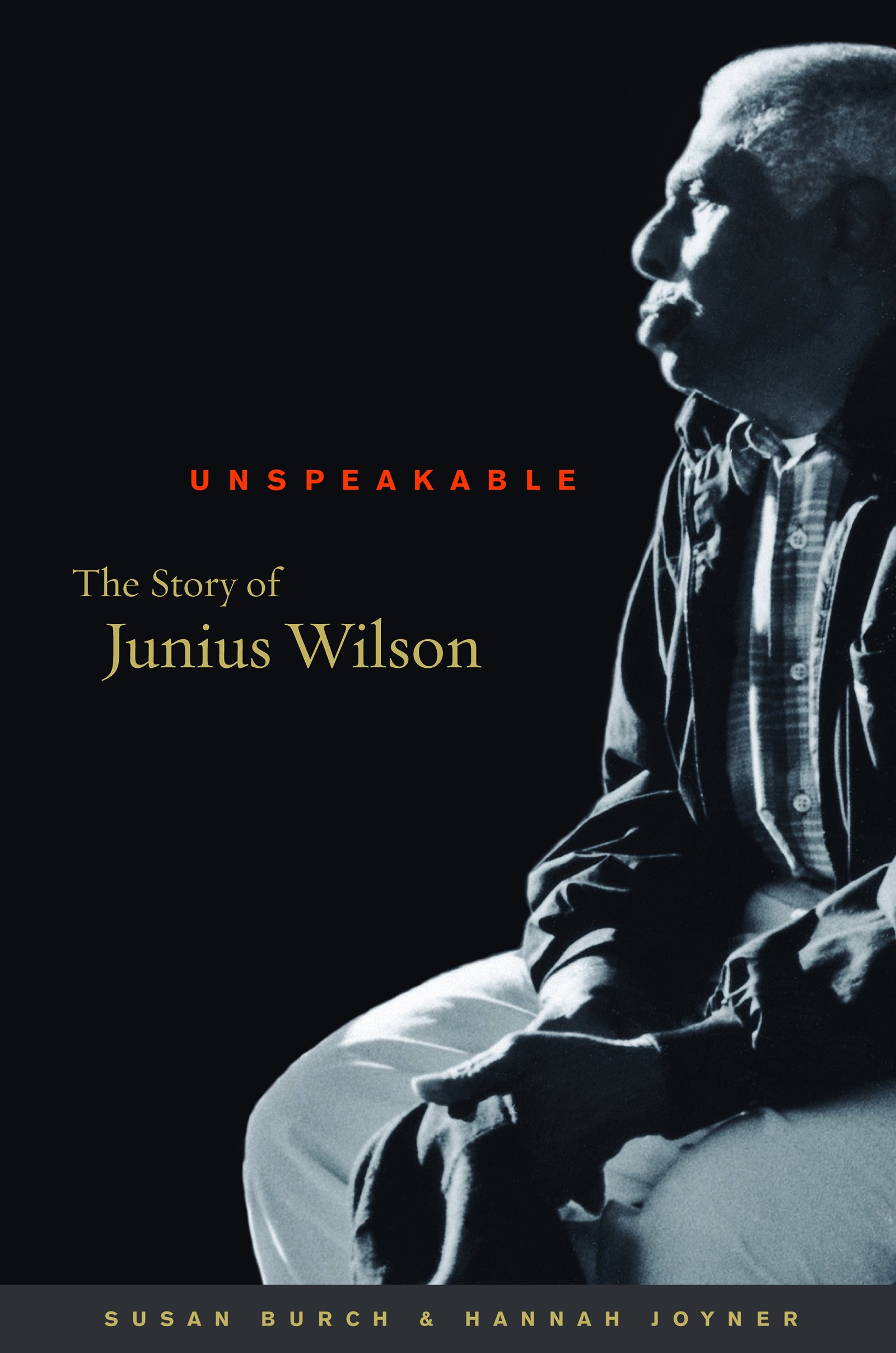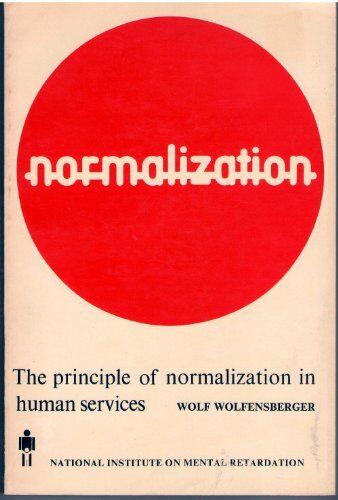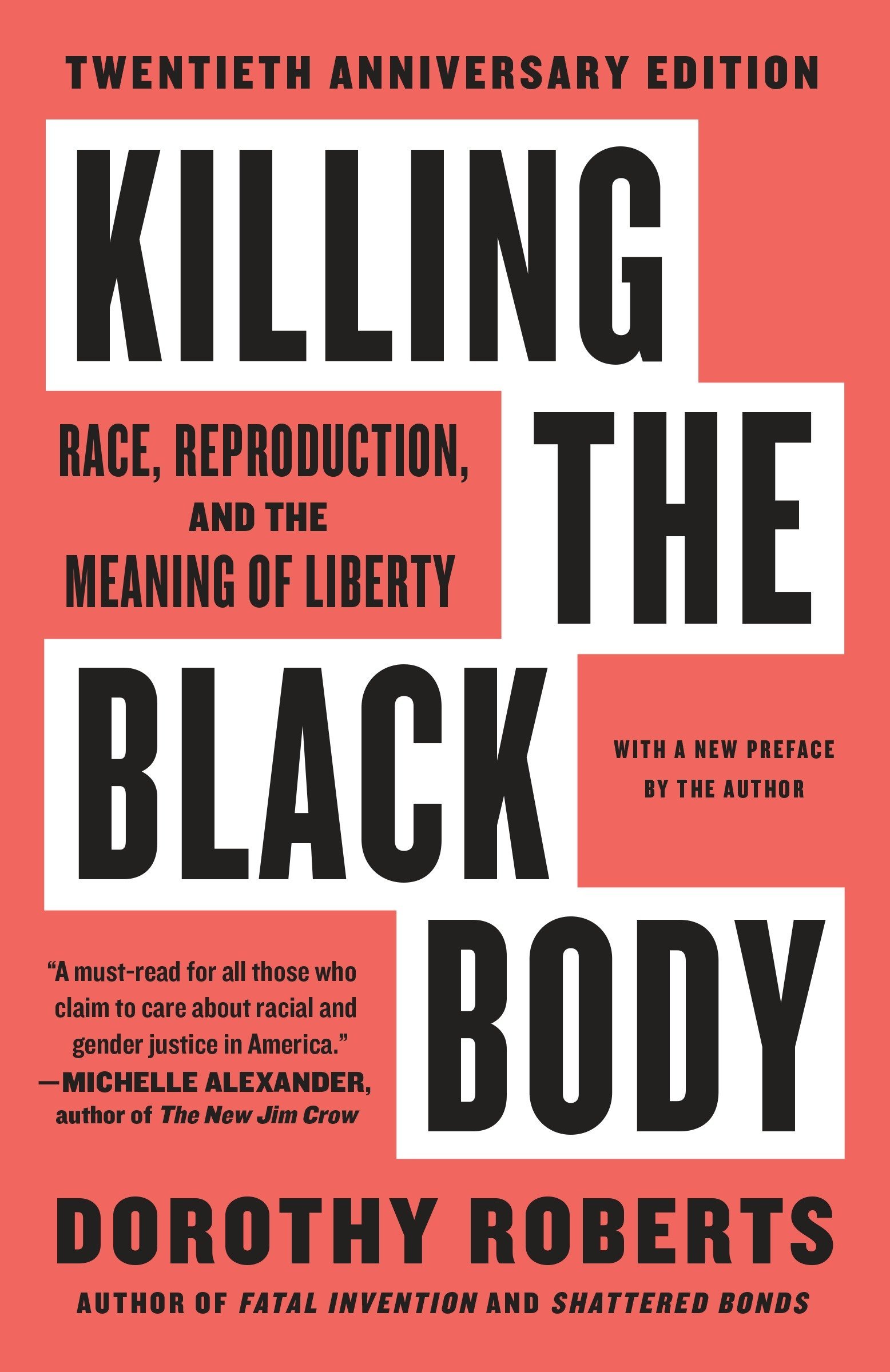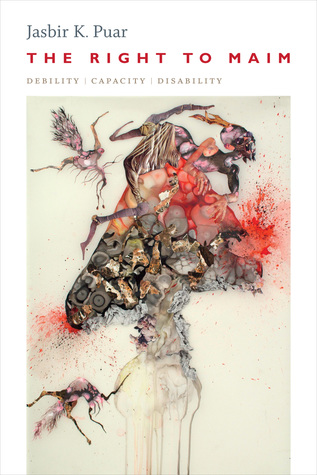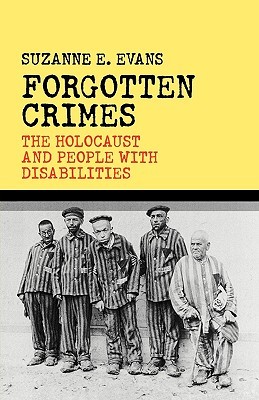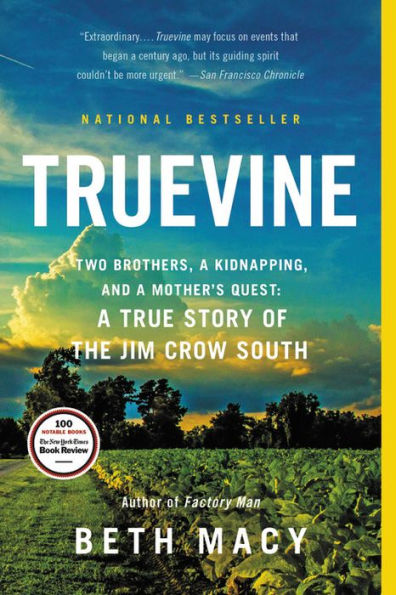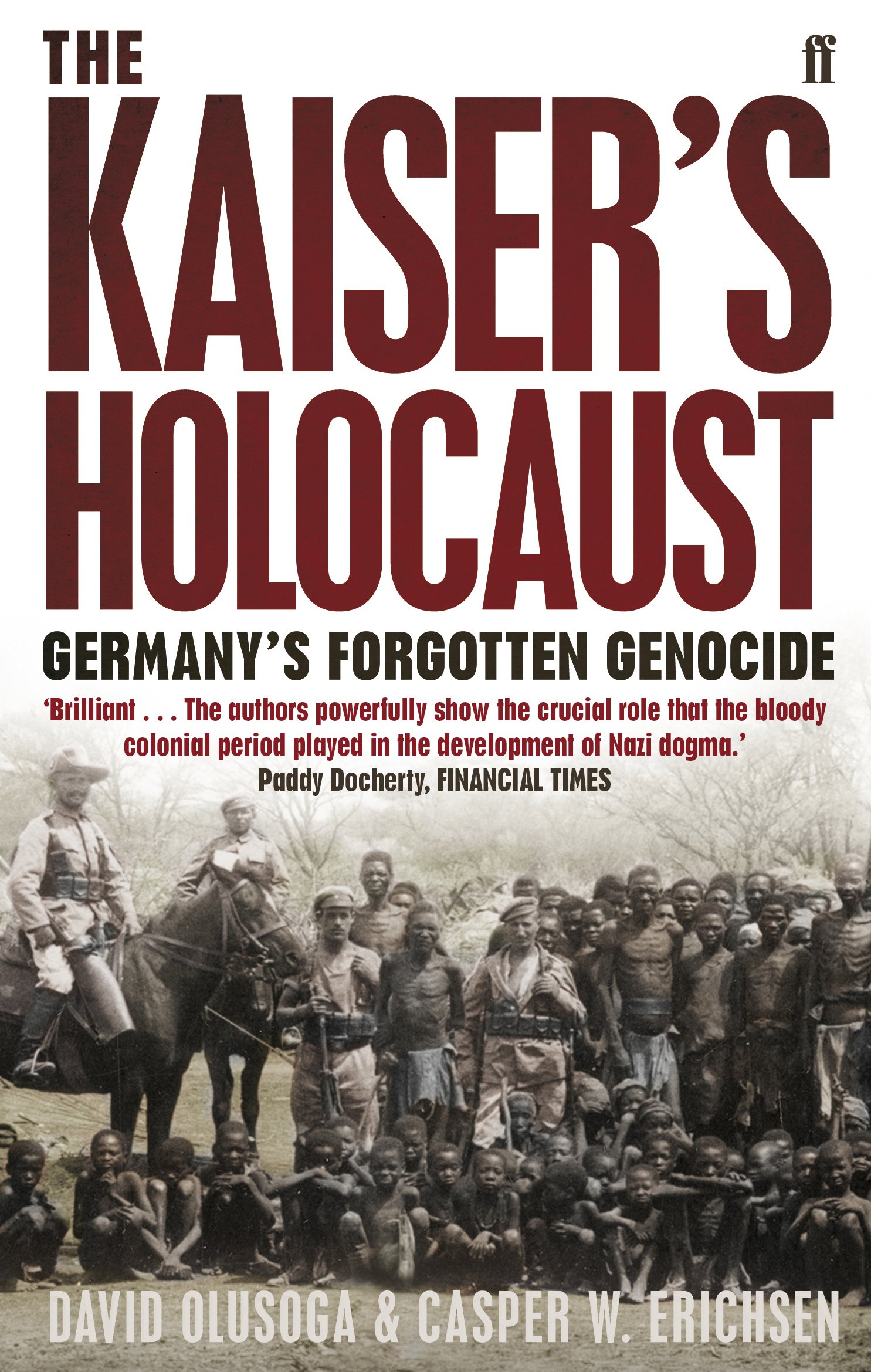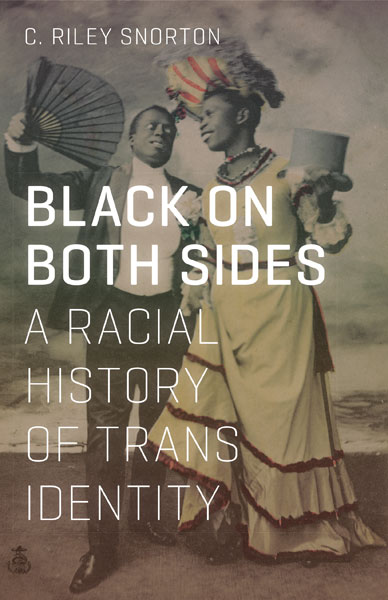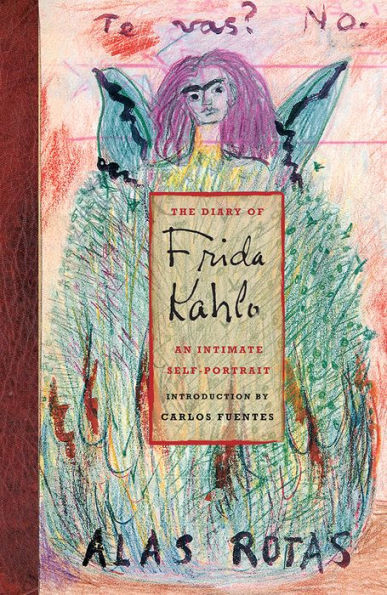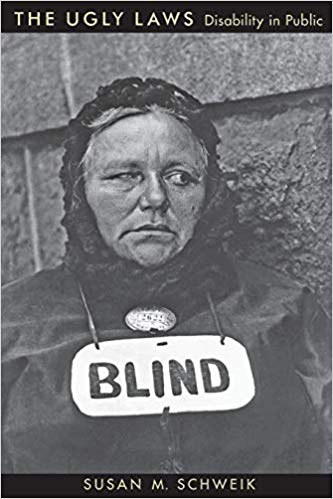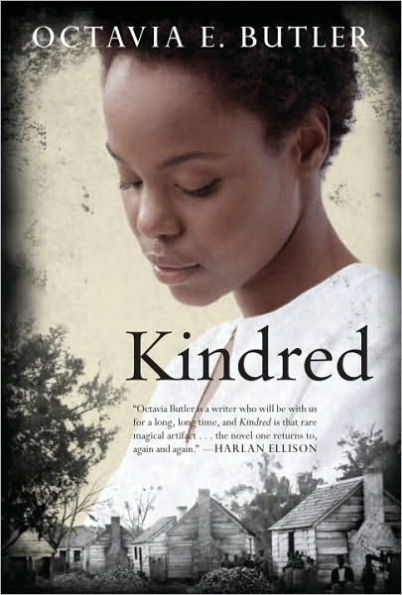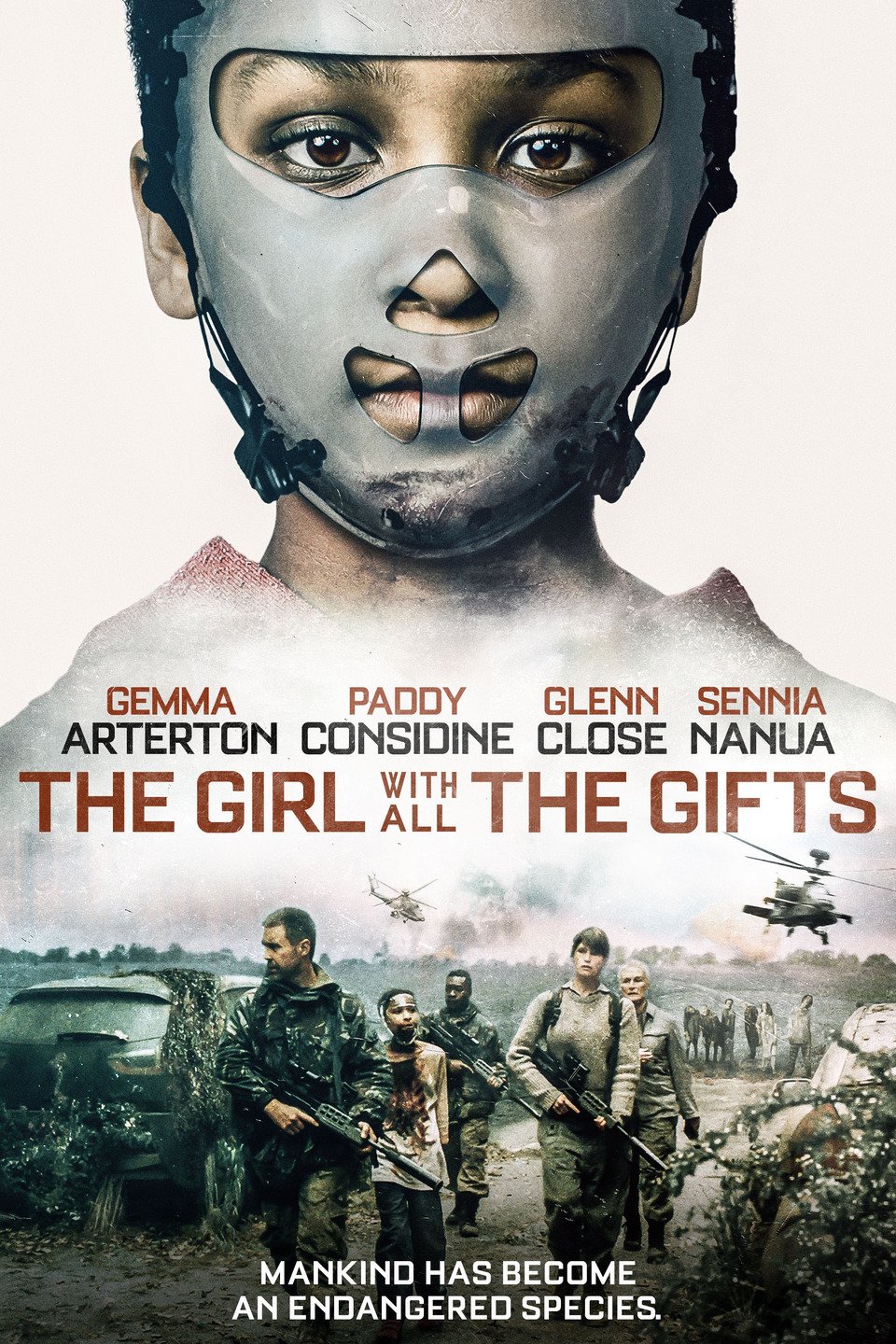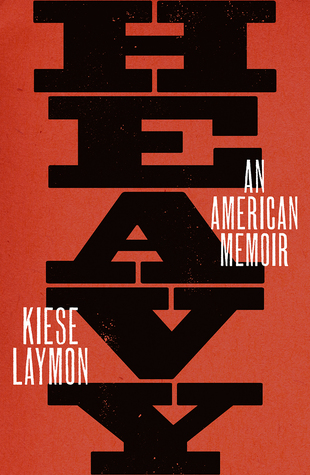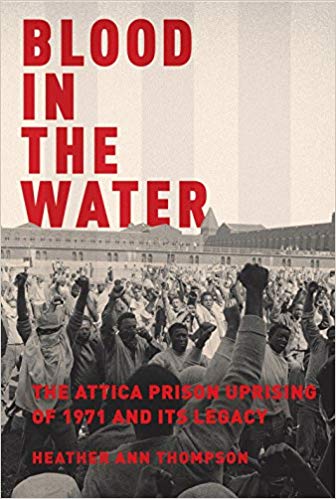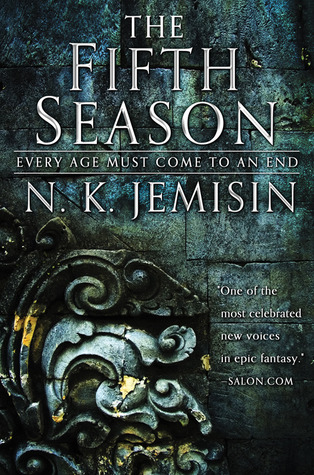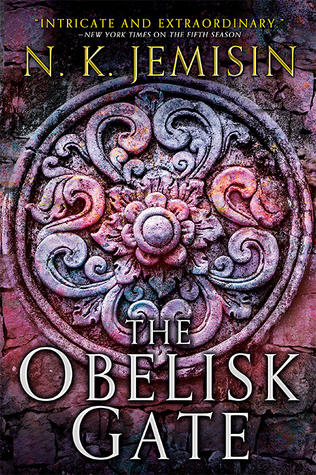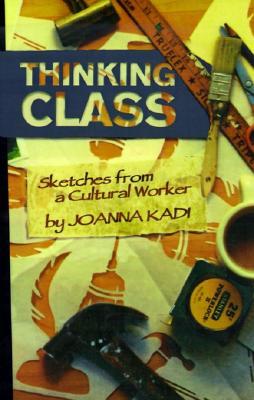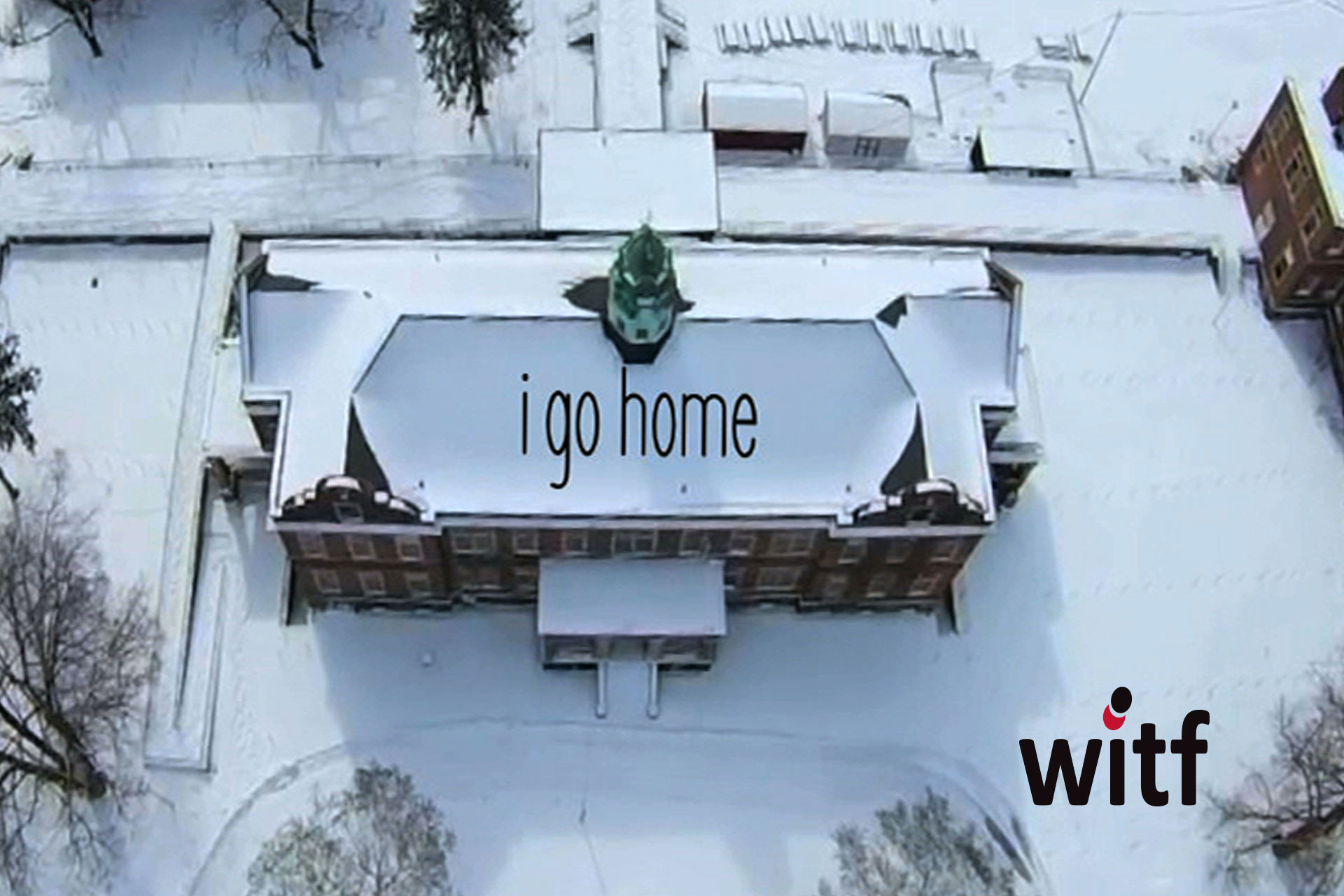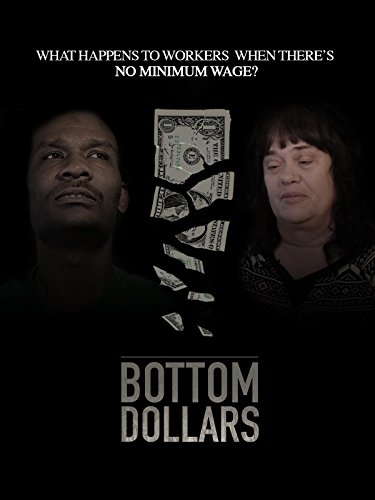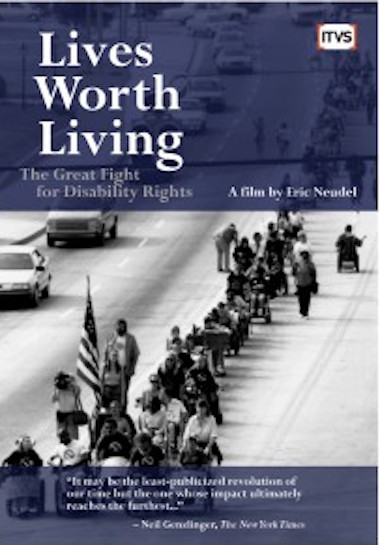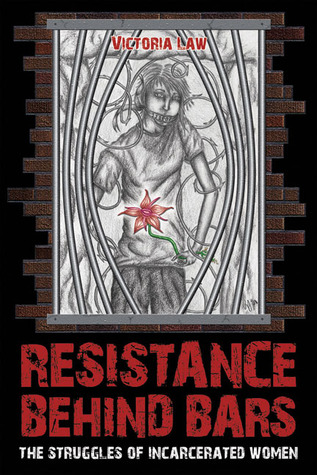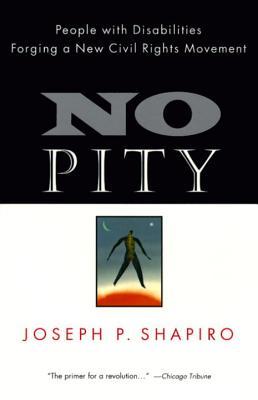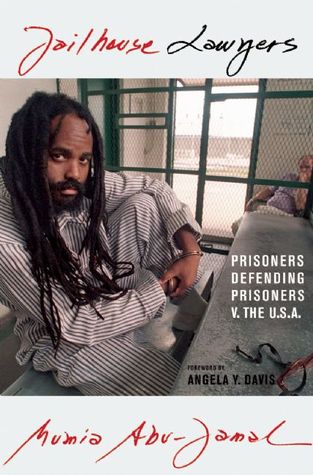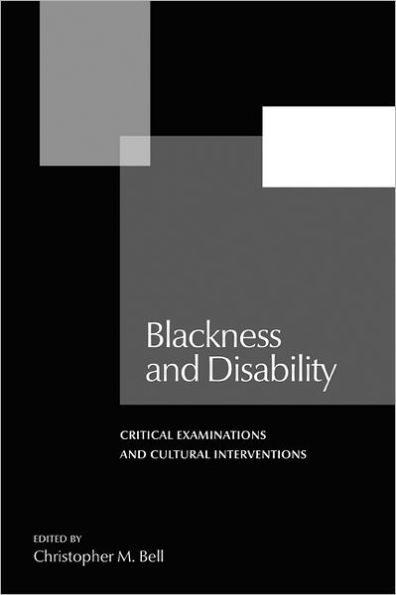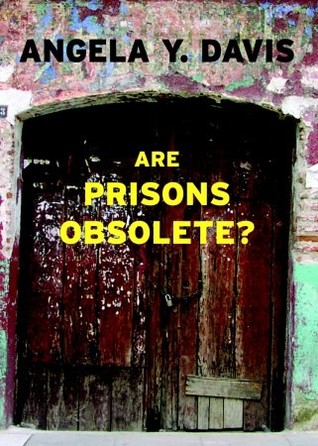Collecting [a] home for Disability Justice in the Library
Co-written with Dana Bishop-Root in collaboration with Bekezela Mguni. Audio version by Imani Barbarin. Originally published at Disability Visibility Project.
Beginning in 2013, the Braddock Carnegie Library (BCLA) began to build a structure that allows multiple library publics to recommend material for acquisition for the lending collection. Contributors are given full autonomy to compile a list of material that not only reflects their experiences, but a collection that could be in conversation with the neighborhood in which the library is located.
Braddock is a neighborhood along the Monongahela River situated just outside of Pittsburgh, PA. It’s conditions are similar to many predominantly Black, industrial, low-income neighborhoods that are positioned for ‘revitalization’ and economic development. Braddock and the surrounding area is a place where disablement occurs and existing disabilities are exacerbated by the toxicity of the land, air, physical structures and legislative action. The impact has been compounded by the violence created and perpetuated by white supremacy; including police violence/murder, unaccountable educational systems, and a host of conditions that are a byproduct of a complete disregard for human and non-human life. Ableism and racism are at the core of these conditions. Their co-dependent relationship is one that’s digested through the water and breathed in through the air.
Workers at BCLA asked me (Dustin Gibson) as someone who interacts with the library and works with/in the disability community, to recommend a collection of lending material. A collection that speaks to the truth that is held in the bodyminds of the community and provides language to articulate and understand the complexities of how disability interacts with/in systems. The objective of the collection is not to validate or define experience, but to provide tools to promote the critical engagement of the public through a lens of Disability Justice. The recommended material has now been acquired by BCLA and is available for check-out. The list is offered here, prefaced with [con]text, in deep gratitude for the community of Braddock and every person that has contributed words, edits, reviews, labor, material, time, and thought… those who are named as contributors and the unnamed.
Disability Justice is a praxis that has been developed and led by Disabled people of the global majority, who are also queer and gender non-conforming. Its core principles are rooted in the recognition of disability as a natural component of identity, rather than an impairment. With the assertion that “nobody’s free, until everybody’s free”, its framework aligns with the organizing methods of Black women like Fannie Lou Hamer, who for generations, have worked to center the people on the margins of the margins.
For many, the practice of Disability Justice is an attempt to find home. An access-centered place that welcomes us to exist as we are, or create a home as Tupac described as, “a spot where we can kick it… a spot where we belong.” The quest to do so is a continual building phase that provides foundation to the world that we have yet to imagine. Home is an inherent right that has purposefully been stripped away from Disabled and other marginalized communities for generations. Historically, home has been determined by people who create and uplift systems that torture, abuse, disappear, and relegate Disabled people to confinement. To honor those who have never had or found home, we must explicitly state that the ability to explore the content of books or acquire them is not a privilege afforded to all. For those that have been or are currently imprisoned, enslaved, institutionalized, or by other means had their freedom taken away, access to books have intentionally been denied. We must also be clear that the ability to read and write should not be a determinant of value and alternative ways to access books or learning methods should be prioritized.
Most services promoted as residential living for Disabled people, such as “group homes” and “nursing facilities”, provide an illusion of home with similar restrictions and uncare as traditional institutions have. Unlike prisons that disappear mostly Disabled people, they’re often not geographically dislocated from communities and still disappear people from the exact areas in which they’re housed. Not only have Disabled people been hidden away, but their stories, histories, and contributions have as well. The majority of public institutions, including libraries, have relegated the experiences of Disabled people to an exercise in medical literacy, the object of study, or a ‘how to accommodate’ people with “special needs”. Much of the material that’s either written by or contains the lived experience of people who identify socially/politically as Disabled is not present in most libraries; or is scattered throughout various topics and has no home. For example, only 15 out of the 31 pieces in the recommended collection existed within the 46 libraries in the county system, and only 2 of the books previously existed at the Braddock Carnegie Library.
This text and building of a collection, is as much about books as it is about an offering of making explicit and honoring the relationships that create possibility to learn ourselves; to locate home. It is a gathering together of multiple ways of knowing, experiences, ideas and histories that includes the “I” while suggesting a “We”. We identify the singular identity, the singular public, the standard, the categories created for others to locate us, as entrapments, and silencing of the multiplicity that is necessary for access.
This collection is by no means extensive. It’s a snapshot from the purview of a Black Disabled man (Dustin) in a moment that’s defined by experience and place, with the acknowledgement that the past, present and future are not separate. Existing not as one, but in collectivity, the books begin to expand the realm of possibility. By removing them from isolation or binary trappings, they form an ideology that defends interdependence and creates multiple entrances to engage. The books themselves are an example of how generations of knowledge, struggle, experiences, violence, labor, erasure, joy, and so on, can formulate message(s).
These books were chosen to form this collection, in part, to expose the dimensions of ableism that uphold and strengthen every system of oppression. Each selection, in conversation with one another, is intended to unsew the anti-black seams of ableism, and unravel the white-centric understanding of disability and how it lives in the bodymind. Together, in thought and physical space, the books can unveil the fluidity of disability by disavowing the notion that experience is stagnant, linear and able to be contained. Individually each book has its own context and meaning; together as a collection, they challenge categorization and form complex identities from the order/disorder in which the books are placed next to and against each other. For instance, The Right to Maim: Debility, Capacity, Disability by Jasbir K. Puar (2017) together, in conversation with Forgotten Crimes: The Holocaust and People with Disabilities by Susanne E. Evans (2004) tells a complex story of state violence that positions disability at the center of the Holocaust and the occupation of Palestine… forming a narrative that is often erased in public discourse. It also highlights the racist/ableist policies of Switzerland and the United States that have perpetuated violence against Disabled people or led (and continue to lead) to disablement.
Disability exists across all communities, but is more prominent and pronounced throughout those that are marginalized. The shape of disability is crafted by all facets of our lives, including our environment and position within social systems; a truth that is magnified in the writings of oppressed people when viewed through a critical disability lens. More often than not, books explicitly concerning disability and upheld by academia, are written from a privileged medical perspective that almost never implicates itself as a primary function of ableism.
It is our intention to complicate our understanding of ableism by directly engaging with an institution that names itself as ‘public’ while maintaining an ableist system. One that perpetuates the violence that the content of its collections hold the power to dismantle. A public library.
The need to name something as public, or ‘for the public’ acknowledges and reinforces that there is a private (singular ownership). In a hyper capitalist, white-centered and ableist culture, institutions and lands who name themselves public, exist with colonial histories that have been built on land that was neither public nor private. Privatization and theft are the foundation of many of the places that are considered public (libraries, parks, people, government buildings, etc). This translates into the architecture of the physical space, the organizational practices and the everyday experiences of those who do, do not, or are not able to utilize the space and/or services. Public spaces and public resources cannot be separated from, or idealized outside of, the intentional construction of systemic oppressions. Therefore, the relationships of power that are present, define who the public is and the access needs for those publics. The attempt to make public, is a system of reduction that limits access to people that are marginalized by the exact system that is creating the ‘public’ resource or place. This limitation effects all of us in the expansive possibilities and actualization of both who publics can be and what publics can do.
There are many publics in every public. If the assumption is that the public in a library are the resources and services it offers ‘that are for the general welfare’ or ‘accessible or shared by all members of a community’ it then becomes a structure of erasure. In the rare instance that accessibility (per ADA) is fully implemented, it typically fails to move beyond access to engagement. Engagement is experienced from who is employed, to how programs are designed, to the resources are that are offered (and how they are offered).
Creating the means for multiple publics to select a collection of material that largely does not already exist in the library system is part of a larger practice at BCLA of actively engaging with making the collection more public. BCLA does this by welcoming individuals who interact with the library to examine what exists and what’s missing in the lending material and form a collection that is reflective and responsive to who they are. The library allocates resources to acquiring the recommended collection. The material that’s added, that didn’t previously exist, complements and uplifts material that has existed in the collection; that otherwise has been seen through a singular lens based on its historical categorization. Building a system where the collection is built by many and not by a few, is a practice of multiplicity and is infinitely expansive to how we can find ourselves and each other within the library.
The collection is listed at the conclusion of this text along with how each book/movie is currently catalogued at the BCLA. Most public libraries in the United States utilize the Dewey Decimal Classification System in an attempt to create a shared organizational structure in order for the ‘public’ to locate the content that they’re looking for. The attempt to create a ‘user friendly’ system for both the workers and the public of the library is interrupted by categories that‘ve been defined and reinforced for the last 143 years by white supremacist ableist capitalist patriarchy, which perpetually colonizes (through categorization and English language) content, ideas, histories and the work of both the authors and their publics whose intention is decolonization and liberation. The process of those in power that determine how and what is public is similar to the process that determines what is deemed accessible and to who.
Content Warning: The following paragraph contains a detailed description of physical and sexual violence of settler colonialism.
The categorization of the books in this collection are examples of how multidimensional stories become flattened by placement. For example, Truevine (2016) is a book written by Beth Macy about the kidnapping of two Black albino brothers, George and Willie Muse. Macy details how they were stolen from their family home in Roanoke, VA and forced to entertain white circus-goers without pay. They were sometimes presented as “Darwin’s missing link between humans and apes”, which is in the lineage of a long history of scientific ableism-racism. Its Dewey Decimal System categorization is Public Performances, but in the collection, it has the possibility of being positioned next to The Kaiser’s Holocaust: Germany’s Forgotten Genocide and the Colonial Roots of Nazism by Casper W. Erichsen and David Olusoga (2010). A story of how German colonizers imprisoned the indigenous Herero and Nama people off the coast of Namibia in what would become known as the world’s first death camp in the late 19th century. After two years, only one-third of the camp remained. Some women were forced to boil the severed heads of their loved ones and scrape their scalps with glass. Their skulls, along with others who had been decapitated by physicians, were sent to Germany to prove the similarities between Black people and apes, which helped lay the foundation for the formation of the Nazis. The deep connections that exist between these stories (and others) are rarely made. In many cases, the authors privileges affords them the ability to research and write stories of historically marginalized people without an understanding of the the interconnectedness of systems, namely ableism and racism. The systems that then frame or categorize books, indicating what they’re about, strengthen the narrative of the isolated other.
Our decision to not permanently separate out and codify this specific collection of books/films honors their multiform relationships, while acknowledging the ways they are currently stratified by the existing system of categorization within the library. The collecting of the individual books/film from their mostly disparate locations within the library can be experienced as a gathering of the complexities of our selves. As an example, otherwise categorized into separate sections of a library, a subjective choice to place The Cancer Journalsby Audre Lorde (1980) next to Black Disabled Art History 101by Leroy Moore Jr. (2017) compels a relationship between the two, creating an opportunity for an expanded understanding of their interdependence, their differences and where each of us can enter.
The struggle for liberation must concern itself with the impact that ableism has on disabled people AND non-disabled people. Expanding our collective understanding of its purpose, function, and affect, allows us to examine the limitations of the physical and imaginative approaches to engagement. For instance, the common use of accessibility is derived from a legal framework that grants rights to a protected class. That class, being a somewhat monolithic group of disabled people that have been otherized by the mere proposition that their needs are separate and distinct from the needs of non-disabled people. As Ki’tay D. Davidson wrote, “The difference between the needs that many disabled people have & the needs of people who are not labeled as disabled is that non-disabled people have had their dependencies normalized.” The pervasiveness of ableism shapes systems that fail to accommodate the multitude of learning methods and styles that benefit disabled and non-disabled people alike. Access is not stationary. It requires space to shift over time and place, and at times, it will be in contradiction with itself or the needs of another person.
Disability Justice has no category. In fact, it is anti-category. Its methods are neither determined by a dominant system nor do they adhere to the myth of universal design. The absence of absolute is space to embrace what’s happening in the present and respond to the needs of the moment. A collection that challenges categorization resists the stratification of self that ableist culture systematizes. A collection is as much complete as it is incomplete; there is room for both additions and subtraction in the moment and over time. It then becomes, however temporary, a possibility of our full, morphing and locatable selves.
The following books/films were recommended by Dustin Gibson and then acquired by the Braddock Carnegie Library.
Medical Apartheid: The Dark History of Medical Experimentation on Black Americans from Colonial Times to the Present, Harriet A. Washington, 2007
174.28 WAS (Philosophy & Psychology; Ethics; Occupational Ethics)
Sick from Freedom: African-American Illness and Suffering during the Civil War and Reconstruction, Jim Downs, 2012
613.08 DOW (Personal Health & Safety)
Disability and Difference in Global Contexts: Enabling a Transformative Body Politic, Nirmala Erevelles, 2011
305.9 ERE (Social Sciences; Sociology & Anthropology; Groups of People)
All the Weight of Our Dreams: On Living Racialized Autism,Lydia X. Z. Brown, E. Ashkenazy & Morénike Giwa Onaiwu, 2018
616.85 BRO (Technology; Medicine & Health; Diseases)
The Cancer Journals, Audre Lorde, 1980
808.88 LOR (Literature, Rhetoric & Criticism, Collections of Literature)
Black Disabled Art History 101, Leroy Moore Jr, 2017
ART 709.2 (Arts & Recreation; Arts; History, Geographic Treatment, Biography)
Unspeakable: The Story of Junius Wilson, Susan Burch, 2015
362.4 BUR (Social Sciences; Social Problems & Social Services; Services to Groups)
Care Work: Dreaming Disability Justice, Leah Lakshmi Piepzna-Samarasinha, 2018
362.4 PIE (Social Sciences; Social Problems & Social Services; Services to Groups)
The Principle of Normalization in Human Services, Wolf Wolfensberger, 1972
362.3 WOL (Social Sciences; Social Problems & Social Services; Services to Groups)
Killing the Black Body: Race, Reproduction, and the Meaning of Liberty, Dorothy Roberts, 1997
363.96 ROB (Social Sciences; Social Problems & Social Services; Other Social Problems & Services)
The Right to Maim: Debility, Capacity, Disability, Jasbir K. Puar, 2017
305.9 PUA (Social Sciences; Sociology & Anthropology; Groups of People)
Forgotten Crimes: The Holocaust and People with Disabilities, Susanne E. Evans, 2004
940.53 (History & Geography; History of Europe)
Truevine: Two Brothers, a Kidnapping, and a Mother’s Quest: A True Story of the Jim Crow South, Beth Macy, 2016
791.35 MAC (Arts & Recreation; Sports, Games & Entertainment; Public Performances)
The Kaiser’s Holocaust: Germany’s Forgotten Genocide and the Colonial Roots of Nazism, Casper W. Erichsen, David Olusoga, 2010
304.66 (Social Sciences; Sociology & Anthropology; Groups of People)
Black on Both Sides: A Racial History of Trans Identity, Riley Snorton, 2017
306.76 SNO (Social Sciences; Culture and Institutions)
The Diary of Frida Kahlo: An Intimate Self-Portrait, Frida Kahlo, Carlos Fuentes, 2005
ART KAH (Art)
The Ugly Laws: Disability in Public, Susan M. Schweik, 2010
346.73 SC (Social Sciences; Law; Private Law)
Kindred, Octavia E. Butler, 1979
FBUT (Fiction)
The Girl With All the Gifts, Colm McCarthy, 2006
DVD GIRL (Film)
Heavy: An American Memoir, Kiese Laymon, 2018
92 LAY (Biography)
Blood in the Water: The Attica Prison Uprising of 1971 and Its Legacy, Heather Ann Thompson, 2016
365.97 THO (Social Sciences; Social Problems & Social Services; Penal and Related Institutions)
Valuing Lives: Wolf Wolfensberger and the Principle of Normalization, Jerry Smith, 2017
NF DVD VAL (Non Fiction Film)
The Broken Earth Series, The Fifth Season, The Obelisk Gate, The Stone Sky, K. Jemisin, 2015-2017
FJEM (Fiction)
Thinking Class: Sketches from a Cultural Worker, Joe Kadi, 1996
306.76 KAD (Social Sciences; Culture & Institutions)
I Go Home, Keira McGuire, 2016
NF DVD IGO
Bottom Dollars, Jordan Melograna, 2016
NF DVD BOTT
Lives Worth Living, Eric Neudel, 2011
NF DVD LIV
Missing Daddy, Mariame Kaba, 2018
JFKAB (Juvenile Fiction)
Resistance Behind Bars: The Struggles of Incarcerated Women, Victoria Law, 2009
364.374 LAW (Social Sciences; Social problems & Social Services; Criminology)
No Pity: People with Disabilities Forging a New Civil Rights Movement, Joseph P. Shapiro, 1994
323.3 SHA (Social Sciences; Political Science, Civil & Political Rights)
Jailhouse Lawyers: Prisoners Defending Prisoners v. the USA, Mumia Abu-Jamal, 2009
345 ABU (Social Sciences; Law; Criminal Law)
Blackness and Disability: Critical Examinations and Cultural Interventions, Christopher M. Bell, 2012
305.9 BELL (Social Sciences; Groups of People)
Are Prisons Obsolete? Angela Davis, 2003
365.973 D (Social Sciences; Social Problems & Social Services; Penal and Related Institutions)
Acknowledgments
Deep appreciation and thanks to Lydia X. Z. Brown, Dr. Sami Schalk, Talila A. Lewis, & Carolyn Lazard for recommending books for the collection.
Thank you to Ruthie Stringer at the Braddock Carnegie Library for developing an expansive framework and language for public collection building within the library.
The images below are the individual book/film covers together. The covers are in the order that they appear on the list above, beginning at the top left, going left to right for each of the five rows. Each image contains a hyperlink that leads to their location in the BCLA system.

